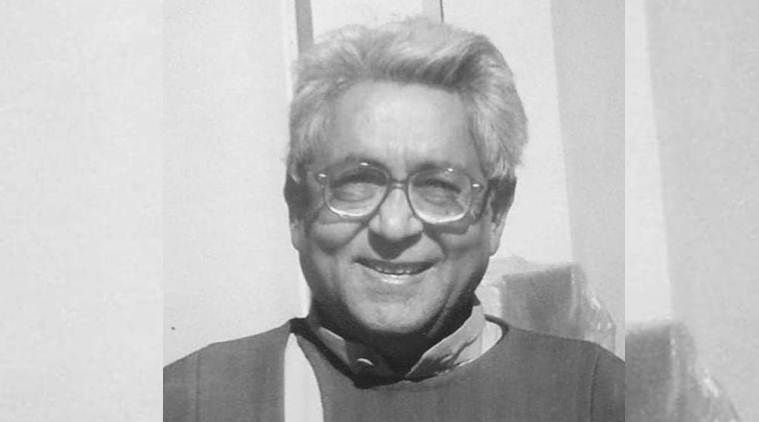 Mukund Lath
Mukund Lath
On one of his regular thinking days, Mukund Lath wanted to know about the origin of the concept and word aadhunik (modern) in India. Unlike how the nation thought that it appeared much later due to the intervention from the west and due to the country’s own restlessness soon after, Lath discovered that the concept had already appeared in a text many centuries ago. Udyanacharya of Darbhanga, a logician from 10th century BCE, wrote in Sanskrit about Kashmiri Brahmins: “They are ancient, we are the modern.”
Lath, through his research, pointed out that the concept had already appeared in Indian thought and wasn’t as new as one thought it was. It changed the way one understood the concept of India.
“Here was Mukund Lath, a scholar who was not just satisfied with writing about tradition. He would pick up elements that would enlighten you. He was neither awed by tradition nor was he overpowered by modernity. This is because he could think of tradition and modernity in a continuum rather than as binaries,” says poet and cultural critic Ashok Vajpeyi.
Lath, a scholar, philosopher, musicologist and cultural historian, died in Jaipur on Thursday. He was 83.
Lath taught history at Rajasthan University and edited medieval texts. He was a musicologist, a disciple of Pt Jasraj, an art collector, published a journal called Unmeelan — the only journal devoted to philosophy in Hindi — and did translations of Sanskrit and Prakrit.
Lath was honoured with a Sangeet Natak Akademi Award in 2008 and Padma Shri in 2010. His work Sangeet evam Chintan (Music and Thoughts) is considered one of the most significant texts in musicology and philosophy.
Born in Kolkata, Lath studied literature at DU and got a Master’s degree in Sanskrit from Jadavpur University. He also studied at Institute for Comparative Music Studies and Documentation, West Berlin, for research on Dattilam, an ancient treatise on the music of India and later secured a PhD on the same from DU in 1976.
Postcolonial India had a tradition of serious ideational writing in Hindi, with authors like Vasudev Sharan Aggarwal and Motichand leading the way. But this writing dried up after them.
“The only person who continued, doggedly and without much recognition, was Lath,” says Vajpeyi, who adds that Lath’s insights into Natya Shastra (Sanskrit treatise on performing arts) makes the work relevant even today.
Lath was also an avid collector of modern Indian art. “He bought my father’s work in 1962, when he wasn’t even a famous artist,” says art critic Kalidas Swaminathan, artist J Swaminathan’s son.
Around the same time, Lath decided to learn Hindustani classical music and became a disciple of Pt Jasraj.
“He was acutely aware that in the world of arts — to understand one form, you had to understand the other. If you had to understand music, you needed to understand literature, for which you needed to understand visual arts,” says Vajpeyi.